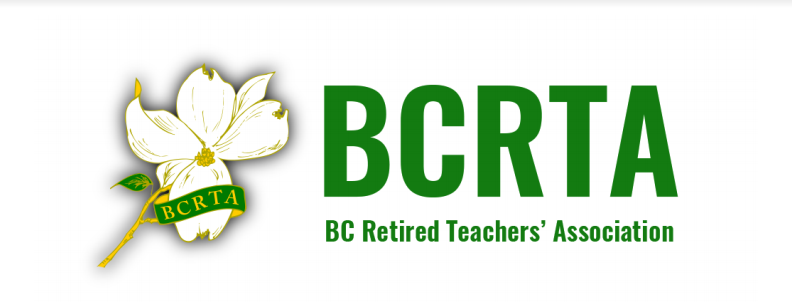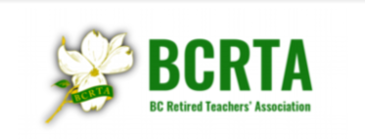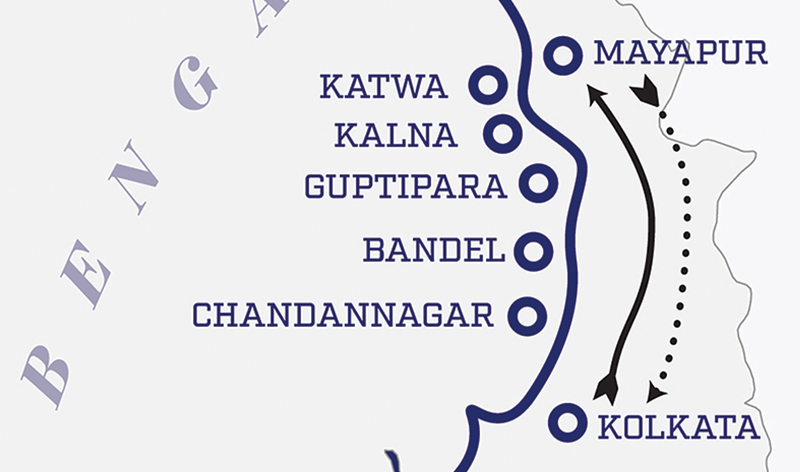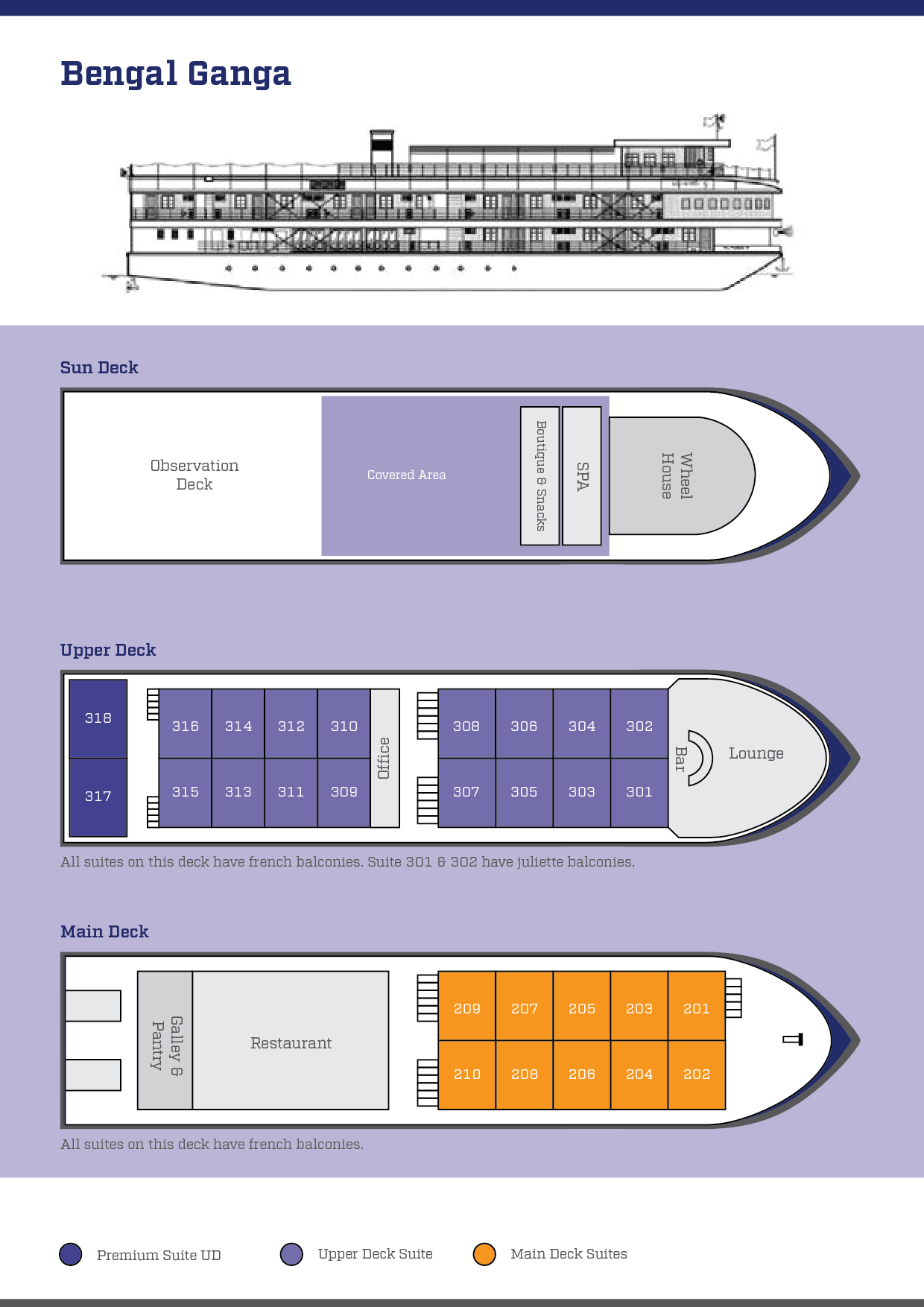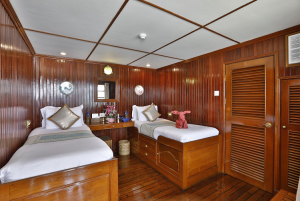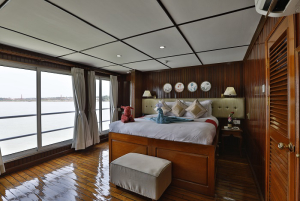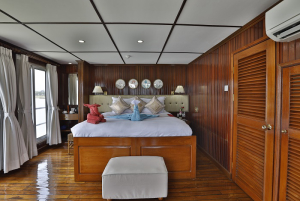Arrive in the morning, meet and greet at the airport and transfer to the hotel. Early check-in is subject to availability [Check-in time is 1400 hrs]. Afternoon at leisure.
Overnight at hotel.
Accommodations: 5 Star Hotel
Meals: Dinner
After breakfast we start the day by visiting Humayun's Tomb (WHS), the mausoleum of Mughal Emperor Humayun, commissioned by his wife during 1569-70, is the first Persian style garden-tomb on the Indian subcontinent. Apart from the main tomb of the Emperor the complex also houses the graves of his family. Structurally it set a precedent for subsequent Mughal architecture, which reached its zenith with the Taj Mahal at Agra. We then visit Old Delhi, a patchwork of different cities built by a succession of rulers and a center of Muslim India between the 13th and 19th centuries. Enjoy a Cycle Rickshaw ride to witness daily activities of Chandni Chowk market.
Thereafter we drive pass India Gate, a prominent landmark of Delhi built in 1931 that commemorates the soldiers of the British Indian Army who lost their lives in World War I and the Third Anglo-Afghan War. Following India's independence, the India Gate became the site of the Indian Army's Tomb of the Unknown Soldier, known as Amar Jawan Jyoti ("the flame of the immortal soldier").
Halt for Lunch at a local restaurant near the India Gate area.
Proceed to explore the Qutab Minar Complex (WHS). The Tower and other structures in this complex date from the Slave Dynasty (1206-1290) and reflect the beginnings of Islamic architecture in India. The complex initially housed about 27 Hindu temples that were destroyed and their material was reused for constructing the Tower and the Quwwat-ul-Islam Mosque adjacent to it.
Overnight at hotel.
Accommodations: 5 Star Hotel
Meals: Breakfast, Lunch, Dinner
After an early breakfast at the hotel we drive to Agra (approx. 4-hrs drive via the Expressway) -
On arrival in Agra visit the Agra Fort (WHS), built by Emperor Akbar it is perhaps the best-preserved fort in India. Construction of this crescent shaped fort 2.5km in circumference commenced in 1565. Contained within the huge double outer walls up to 20m high and broken by a series of huge gates, the fort is almost a city within a city. Initially the fort was a military structure but under the rule of Shah Jahan, Akbar’s grandson, many additions were added. Today these palatial buildings are silent witness to the rise and fall of the Imperial Mughal Empire and are exemplars of Islamic architecture and decoration.
Transfer to hotel for check-in.
Late afternoon visit Mehtab Bagh, a garden complex literally meaning Moonlight Garden located on the bank of the Yamuna River. The garden is perfectly aligned with the Taj Mahal on the opposite bank and offers good views of the Taj Mahal at sunset. Built by Emperor Shah Jahan in memory of his wife Mumtaz Begum who died giving birth to their fourteenth child in 1631. Heartbroken by her death, legend has it that Shah Jahan’s hair turned grey overnight and that he turned his back on running the empire, concentrating instead on the construction of this monument to love. Construction took 22 years and the Taj was completed in 1653 at a speculated cost of 3 million rupees, equivalent to around 70 million US Dollars today.
Overnight at hotel.
Accommodations: 5 Star Hotel
Meals: Breakfast, Lunch, Dinner
Sunrise visit of Taj Mahal to view the marble sparkle in dawn light.
Return to hotel for breakfast and have a leisurely time. After lunch, drive to Jaipur (approx 5 hrs drive).
Lunch en-route at a Royal Orchard, The Bagh.
Overnight at hotel.
Accommodations: 5 Star Hotel
Meals: Breakfast, Lunch, Dinner
After breakfast at the hotel we visit the Amber Fort, located in outskirts of the city (approx. 11-kms). High above the town and surrounded with defensive fortification walls, the impressive fort was built by Raja Man Singh in the early 17th century. It houses mighty gates, temples, huge ornate halls, palaces, pavilions and gardens. It is a perfect blend of Hindu and Muslim architecture. From the top the fort you get excellent views of the surrounding countryside and town below. By Jeep we will ride uphill and downhill.
Thereafter, having lunch at a local restaurant we visit the Pink City, the old part of Jaipur which is coloured in pink. Visit the City Palace, an imposing blend of traditional Rajasthan and Mughal architecture. The vast palace complex occupies one seventh of the walled city of Jaipur. Originally built by Maharaja Jai Singh, additions have been made to the palace complex by many of his successors. The complex is divided into a series of courtyards, sprawling gardens and buildings. The City Palace Museum displays Afghan and Persian carpets, miniature paintings, astronomical manuscripts in Persian and Sanskrit apart from other items.
Adjacent to the city palace is the Jantar Mantar Observatory. Built between 1728 and 1734 on a grand scale, the 17 astronomical instruments were built in stone and marble. The collection built by Jai Singh includes a 27.4m high sundial accurate to 2 seconds. The Central Museum, known as the Albert Hall is well worth a visit; founded in 1876, it houses a large collection of antiques and interesting artifacts. Finally we visit the colourful bazaar from where we can view the the Hawa Mahal. This unique building also known as the “Palace of the Winds” is a Jaipur landmark and was once used by the ladies of the court to watch the daily goings-on in the street below.
Overnight at hotel.
Accommodations: 5 Star Hotel
Meals: Breakfast, Lunch, Dinner
6
FLY JAIPUR/ KOLKATA & EMBARK SHIP
We check-out early this morning with a packed breakfast from the hotel and transfer to the airport to board flight from Jaipur to Kolkata.
Arrive Kolkata, transfer to ship & enjoy lunch on board.
Post lunch we visit the Weaver’s Studio, a Textile Study and Resourse Centre dedicated to the study and dissemination of knowledge and information on the rich textile traditions of Bengal and India. An introduction to some of the fabulous fabrics and weaves we will encounter on our travels. Weavers Studio’s innovative creations are inspired by historical textiles, Indian trade cloths, seasons, ethnic tribes, across the border cultures and contemporary techniques. Their collection comprises of specialized fabrics, stoles, scarves, shawls, patch scrolls, art textiles, sarees and garments. The textiles are all handcrafted by both men and women crafts persons using varied techniques of hand block printing, screen printing, roller textures, stencils, sprays, hand paint, surface ornamentation, hand embroidery, hand weaving, value addition such as batik, shibori, appliqué, felting, tribal embroidery and more.
Overnight onboard Bengal Ganga.
Accommodations: Bengal Ganga Ship
Meals Provided: Breakfast, Lunch, Dinner
7
KOLKATA TOUR - BALLY BRIDGE
Morning after breakfast embark on a Panoramic Tour of Kolkata, featuring a view of the well preserved British colonial buildings in Kolkata: Writer's Building, General Post Office, High Court, Raj Bhawan (Governor's House), Town Hall, Council House, Treasury Building, Reserve Bank of India and Dalhousie Square. We proceed to visit St. John's Church, the oldest Anglican Church in Kolkata, built in 1756. The tour features the oldest functioning pipe organ in India, a painting of the Last Supper by German artist, Johann Zoffany, and several tombs of British Generals who died during the Siege of Kolkata by Nawab Shriaj Ud Daula in 1756. Then we visit the grand Victoria Memorial Museum, which houses the largest collection of British colonial historical artefacts.
Return to the ship for lunch and start sail upstream passing below the cantilevered Howrah Bridge and seeing various colonial buildings along the Ganges river.
We moor for the night on the outskirts of Kolkata city near the Bally Bridge.
Overnight onboard Bengal Ganga.
Accommodations: Bengal Ganga Ship
Meals Provided: Breakfast, Lunch, Dinner
This morning we set sail upstream to Bandel, meaning port in Bengali was founded by Portuguese settlers who built the Church and a Monastery around 1660.
We visit the Hooghly Imambara, one of the famous Shiya pilgrimage centres in West Bengal, built in 1841 by Haji Mohammad Mahasin. The two-story building and surrounding rooms provide housing for pilgrims as well as classrooms, or Madrasa that teach the Koran. The structure contains a Victorian-era clock with a winding key weighing 20kg. Large Persian chandeliers and lamps light the Imambara's stunning hallways and passages.
We will halt at the shore of Bandel.
Overnight onboard Bengal Ganga.
Accommodations: Bengal Ganga Ship
Meals Provided: Breakfast, Lunch, Dinner
Today we sail further upstream to the temple town of Kalna.
In the afternoon enjoy a rickshaw ride through the town centre of Kalna en route to the enchanting Rajbari Temple Complex, which has the highest concentration of temples in the region. Bengal's mixture of temple architecture includes the Nabakailas Temples. Built in 1809 by the Bardhaman Maharaja, the complex contains 108 eight slope-roofed temples, 74 in the outer circle here and another 34 making an inner circle. Another complex features diverse architecture, including the Pratepeshwar Temple, built in 1849. Terra cotta plaques depict themes of Hindu epics, mythical life of Sree Chaitanya, images of Durga, and various aspects of day-to-day life in the region.
We also visit a local Weaver’s home to see the traditional Weaving of Muslin Cloth. Muslin or “malmal” is a cotton fabric of plain weave made in a wide range of weights from delicate sheers to coarse sheeting. Early muslin was handwoven of uncommonly delicate handspun yarn.
Return to the ship walking through the local market.
We will halt at Kalna tonight.
Overnight onboard Bengal Ganga.
Accommodations: Bengal Ganga Ship
Meals Provided: Breakfast, Lunch, Dinner
10
KALNA / NABADWIP / MAYAPUR
Early morning we sail towards Nabadwip, arriving by the afternoon. Literally meaning New (Nab) Island (Dwip), it is the birthplace and abode of Saint Shri Chaitanya Mahaprabhu, the founder of the Hindu Vaishnav religion and a great social reformer. Once the capital of the Sena Dynasty under King Lakshman Sena who ruled during the 12th century, the town was an important centre of education, religion and culture. Post lunch we will explore the riverbank village by walk to see the local people engaged in Handloom Weaving of Cotton fabric, mainly saris and stole/scarves and other activities.
We then ride the country boat across the river to visit Mayapur, the headquarters of the International Society for Krishna Consciousness (ISKCON). Guests can experience the fascinating culture of these followers and their ornate, colourful decorated statues of Krishna. The new temple built to commemorate the Jubilee year of the ISKCON movement in 2016 and largely funded by Alfred B. Ford, the great grandson of car-maker Henry Ford, can be compared to the Vatican. It also contains a 75- foot domed planetarium. Meet Krishna followers and walk through the pilgrim’s bazaar.
We will halt at Mayapur tonight.
Overnight onboard Bengal Ganga.
Accommodations: Bengal Ganga Ship
Meals Provided: Breakfast, Lunch, Dinner
11
MAYAPUR / GUPTIPARA / FULIA
This morning a short sail brings us to Guptipara, a rural town, renowned for its paddy fields and the Himsagar mango. Explore the town visiting the Vaishnav temples that contain some fantastic terracotta works. All the structures bear characteristics of the Bengal school of architecture, with carvings depicting scenes from the Hindu epics. The Ratha-Yatra (Chariot festival) is Guptipara’s greatest festival and the temple chariot is one of the tallest and oldest in West Bengal. We will visit a Potter’s home to see and interact with the artisans creating various clay items.
In the afternoon, we sail across to the opposite riverbank and visit the weaving village of Fulia. After the partition of India and the division of Bengal into West Bengal (in India) and East Pakistan (now Bangladesh), many skilled weavers from Bangladesh, came and settled here and the region become a renowned centre for hand-woven fabrics. With government encouragement and support, the talented weavers soon revived their ancestral occupation and the art of exquisite weaving once again flourished. Fulia specializes in a combination of Jacquard and Jamdani Saree Weaving, which are based on Tangil Handloom Saree Culture of Bangladesh. Jamdani is typically handloom woven fabric using a mixture of cotton and gold thread. It is one of the most time and labor-intensive forms of handloom weaving, and the most artistic textile rich in motifs.
We will halt at Fulia tonight.
Overnight onboard Bengal Ganga.
Accommodations: Bengal Ganga Ship
Meals Provided: Breakfast, Lunch, Dinner
12
FULIA / CHANDERNAGORE / SERAMPORE/ KOLKATA
This morning we sail further downstream to
Chandernagore, which was established as a French colony in 1673. The French obtained permission from Ibrahim Khan, the Nawab of Bengal to establish a trading post on the riverbanks of this city, which became a permanent French settlement. Explore the French colonial buildings walking along the promenade, including the former French governor's residence, now converted to a museum (
closed on Thursdays and Saturdays) that features an exhibition of items that depict life during this period. Also visit the Sacred Heart Church, designed by French Architect Jacques Duchatz. The church was inaugurated in 1884 and stands for over two centuries to mark the beauty of the architecture during the French period.
Return to the ship and continue our journey back to Kolkata en route we halt near to the
Serampore College, the oldest university in India to be in continuous operation. It was founded in 1818 by the
English missionaries known as the Serampore Trio whose aim was to give an education in arts and sciences to students of every "
caste, colour or country" and to train people for ministry in the growing church in India. Serampore was then a Danish colony and King Frederick VI of Denmark granted a Royal Charter giving Serampore College the status of a university to confer degrees.
Continue to sail to Kolkata and moor for the night.
Overnight onboard Bengal Ganga.
Accommodations: Bengal Ganga Ship
Meals Provided: Breakfast, Lunch, Dinner
Transfer to airport to depart for onward journey.
Accommodations: None (depart home)
Meals Provided: Breakfast
Call for assistance: 1-800-481-9739 ext 3
Mention Promo Code for Savings: EHG01


